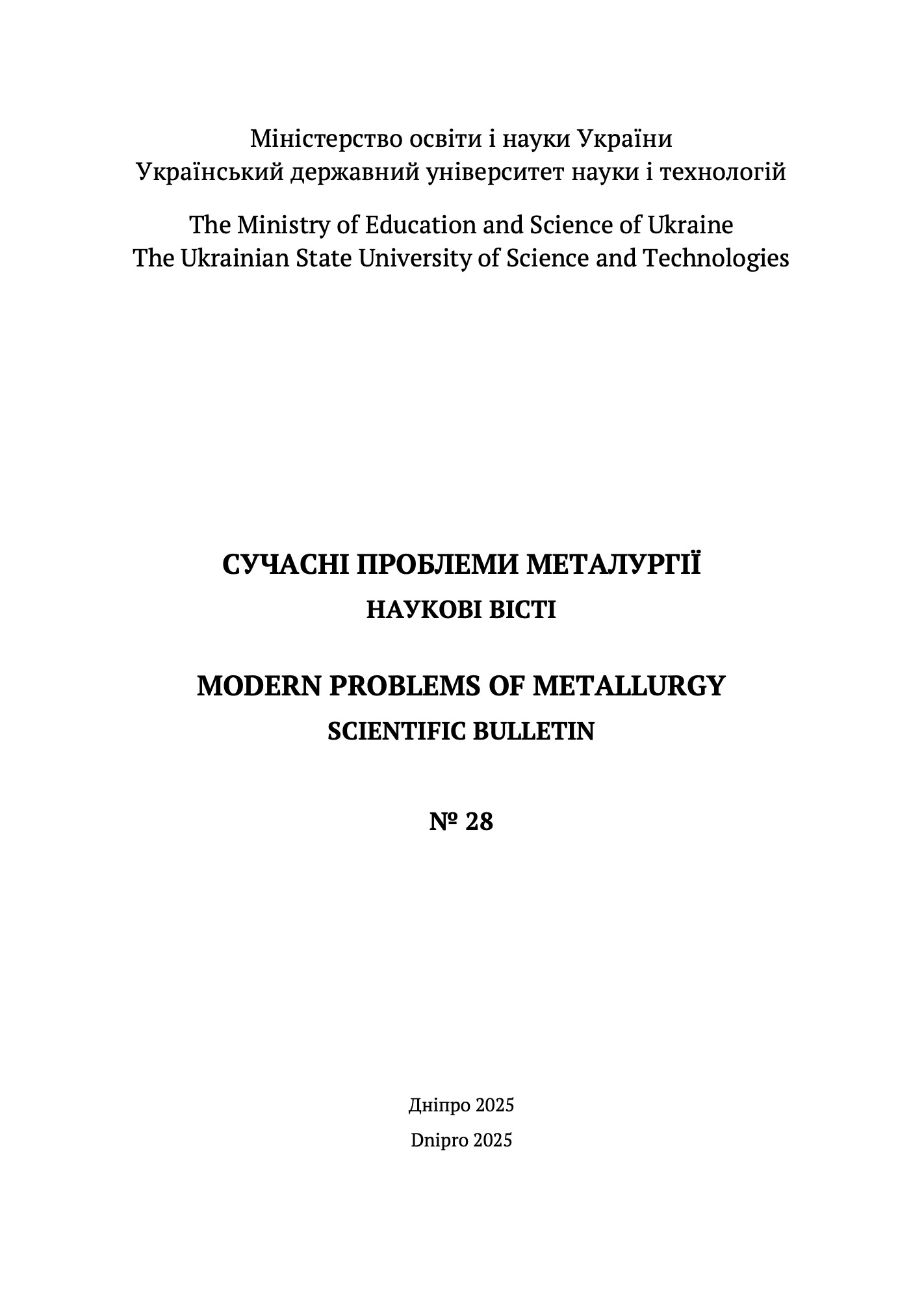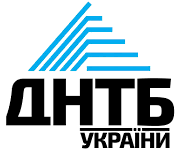COMPREHENSIVE STUDY OF GASDYNAMIC FEATURES OF JETS OUTFLOW FROM NOZZLES OF CYLINDRICAL DESIGN FOR OXYGEN CONVERTERS CONDITIONS
DOI:
https://doi.org/10.34185/1991-7848.2025.01.07Keywords:
top blowing, cylindrical nozzle, gas jet, shadow shooting, mathematical modeling, immersion depth.Abstract
The oxygen converter process is the only competitive leader in the production of liquid steel. This is primarily due to the available different types of blowing devices that perform various functions during smelting and allow for rapid adaptation to changing technological conditions. The main types of nozzles for top blowing devices are Laval nozzles, which are used to supply the main oxygen flow, and cylindrical nozzles, which are more often used for postcombustion of exhaust gases. The results of a multifaceted study of the features of the gas jet outflow from the cylindrical nozzle are presented to clarify the rational limits of their use in the design of the top blown lances of an oxygen converter. It was conducted by shadow shooting methods when the gas stream flows into the free air environment and into a model liquid - water, and by mathematical modeling methods. In accordance with the industrial technological conditions of using nozzles, it was established that when the height of the cylindrical nozzles was 40 calibers from the surface of the calm bath, high indicators of the energy of the blowout gas and, accordingly, the gas flow velocities were achieved when the blowing gas was supplied with an excess pressure of at least 300 kPa. At the same time, the possibility of penetration into a real slag-metal melt under such conditions (when extrapolating calculations to a 60 kg laboratory model of an oxygen converter) was at the level of 56 - 65% of the height of the slag melt. It was noted that to increase the permeability of the gas jet flowing from the cylindrical nozzle, it is necessary to reduce the lance height by 25%relative. The characteristic features of the change in the shape of the gas jet and the distribution of velocities along the length when the pressure of the blowing gas changes, and their influence on the actual depth of immersion of the gas jet in the model liquid - water, were noted. A conclusion was made about the feasibility of using cylindrical nozzles as second-row nozzles for multi-row upper lances.
References
Visuri V.-V., Holappa L. Converter Steelmaking. Treatise on Process Metallurgy (Second Edition), 2024. Vol.3 Industrial Processes. P. 183-241.
https://doi.org/10.1016/B978-0-323-85373-6.00008-9
2024 World Steel in Figures. URL:
https://worldsteel.org/wp-content/uploads/World-Steel-in-Figures-2024.pdf
Ohotskiy V.B., Velichko А.H., Liu Т.I., Мolchanov L.S. (2016) Blowing processes in steelmaking technologies. Charging. Metallurgical and mining industry. №5. P. 12-15 [in Russian]
Cherniatevych А.H., Sigarev Ye.N, Cherniatevych I.V. (2010) New developments of oxygen lances designs and methods of bath blowing of 160-ton converters of OJSC “ArcelorMittal Kryvyi Rih”. Theory and practice of metallurg. №2. P. 31-38 [in Russian]
Cherniatevych А.H., Мasterovenko E.L. (2012) Directions for improving the design of an oxygen lances based on quality management methods. Collection of scientific papers of DDTU Technical Sciences. №3. P. 15–23 [in Russian]
Molchanov L.S., Cherniatevych A.H., Vakulchuk V.V., Chubina O.A. (2019) Comprehensive technical and economic analysis of the influence of the design of upper blowing devices on the main indicators of steel production in oxygen converters. Modern problems of metallurgy. № 22. P. 62-72. https://doi.org/10.34185/1991-7848.2019.01.07 [in Ukrainian]
Golub T., Molchanov L., Semykin S. Studying the possibility of using coherent type nozzles for BOF blowing at the gas dynamic simulation stand. Science and Innovation, 2023. Vol. 19, No.24. Р. 79-92. https://doi.org/10.15407/scine19.04.079
Zel’dovich Ya. B., Raizer Yu. P. (2002) Physics of shock waves and high-temperature hydrodynamic henomena. Dover Publications. 944 р
Mazumdar D., Evans J.W. (2010) Modeling of steelmaking processes.1st Edition. 493 p
Yakovlev Yu.N. (1991) Physical and mathematical modeling of steelmaking processes. Theoretical and Practical Issues of Steelmaking. Moscow: Metallurgy, 1991.
P. 32-44. [in Russian]
Baptizmanskyi V.I., Boychenko B.M., Velichko O.H. and others. (1996) Steelmaking: a textbook. K. 1996. 400 p. [in Russian]
Miller D.R. (1988) Atomic and molecular beam methods, edited by Giacinto Scoles. New York: Oxford University press.
Alam M., Naser J., Brooks G., Fontana A. (2010) Computational fluid dynamics modeling of supersonic coherent jets for electric arc furnace steelmaking process. Metallurgical and Materials Transactions B. Vol. 41 (6). P. 1354-1367.
https://doi.org/10.1007/s11663-010-9436-7
Аbramovich H.P. (1991) Applied gas dynamics. 600 p. [in Russian]
Isaev S.A., Lysenko D.A. (2004) Testing of the fluent package in calculation of supersonic flow in a step channel. Journal of Engineering Physics and Thermophysics. Vol. 77. P. 857–860. https://doi.org/10.1023/B:JOEP.0000045174.69463.6f
Rapp-Kindner I., Ősz K., Lente G. (2025) The ideal gas law: derivations and intellectual background. ChemTexts. Vol. 11. P. 1. https://doi.org/10.1007/s40828-024-00198-9
Liu F., Lu S., Zeng S., Zhu R., Wei G., Dong K. (2024). Flow field of supersonic oxygen jet generated by various wear lengths at the Laval nozzle exit. Coatings. Vol. 14(11). P. 1444. https://doi.org/10.3390/coatings14111444
Cherniatevych A.H., Molchanov L.S., Yushkevich P.O. (2017) High-temperature modeling of converter bath blowing using a three-tier tuyere. Metal and Casting of Ukraine.
№ 6-7. P. 17–21
Downloads
Published
Issue
Section
License
Copyright (c) 2025 Modern Problems of Metallurgy

This work is licensed under a Creative Commons Attribution 4.0 International License.












